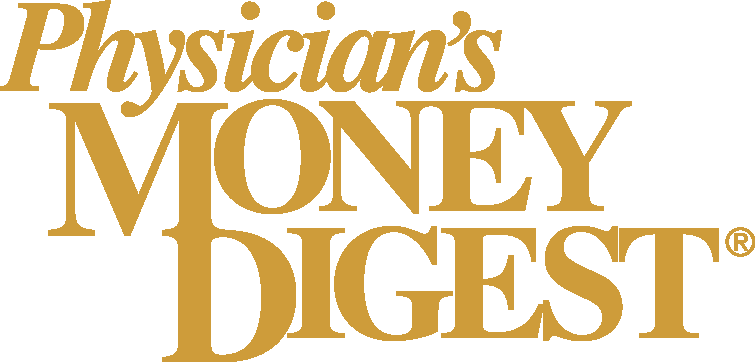
From revenue risk to resilience: A new financial model for rural physicians
Balancing the ledger and the mission with up-front payment solutions strengthens access and revenue.
Independent physicians in rural America are no strangers to adversity. An alarming
With many rural hospitals operating at a loss and at risk of closure, many small and medium-sized practices are now forced to shoulder a growing share of the patient care burden, without the
The proportion of U.S. adults classified as cost desperate, indicating an inability to afford necessary health care and medications, has reached a record high of
The cost of traditional financial metrics
Historically, many health systems and private practices have used margin per patient as a benchmark of success. However, in rural care settings, that model can often fall short. Unlike urban, high-volume organizations that can prioritize profitable service lines, rural physicians must care for every patient who walks through the door, regardless of insurance status or income level.
When margins are thin and uncompensated care is on the rise, traditional financial models can push practices toward dangerous territory. Denying care isn’t an option, but delivering it without reimbursement isn’t sustainable. That disconnect isn’t just hurting the bottom line; it’s driving delayed care, skipped treatments and growing medical debt.
Medical debt is fueling the crisis
Unpaid medical bills are among the biggest threats to rural hospitals and their patients. Recent
And it’s not just uninsured patients. High-deductible plans and rising out-of-pocket costs have made it harder for insured patients to manage their medical bills. In many cases, the bills they receive aren’t just unaffordable — they’re unpredictable.
This dynamic is especially harmful in rural areas, where many patients live on fixed incomes or don’t qualify for traditional credit. When affordability becomes a barrier to care, patients wait until it’s urgent. They often show up in the emergency room for a condition that could have been managed earlier and more affordably. These late-stage interventions cost more, strain the system and frequently go unpaid.
A shift in strategy: Financing with compassion
To survive, many forward-thinking rural physicians and other clinicians are adopting a different financial lens, one that prioritizes systemwide revenue margin and community economic health over per-patient profitability. One emerging solution is patient-first financing. Similar to retailers, this proactive approach introduces affordable payment options at the start, where the consumer, or in this case the patient, stands to gain 0% interest payment financing at the point of scheduling or care rather than months later when the bill arrives.
Instead of chasing payments after care is delivered or navigating an in-house system, physicians and their teams work with third-party partners to offer flexible payment plans based on a patient’s ability to pay. Providers are often paid within 48 hours of a procedure, even if the patient repays over time to the lender. That’s better not just for the books but for the patient. Studies show that when financing is discussed up front, patients are more likely to move forward with care and less likely to cancel or no-show due to cost. This approach also reduces the need to send unpaid balances to collections, protecting the patient-provider relationship.
Expanding the care model for long-term sustainability
Independent physicians are on the front lines of the rural health crisis and deserve financial models that reflect the realities they face, not just metrics designed for large, perfectly functioning systems. By rethinking success as “healthy patients, healthy practices,” small and rural practices can shift toward financial strategies supporting community well-being and long-term viability. This includes leveraging telehealth, expanding roles for advanced practice providers (APPs) and addressing critical gaps in
Additionally, the
Many practices are turning to
Patient-first financing is one of many steps toward that future, but it is a meaningful one. With the right tools, physicians do not have to choose between doing what is right for their patients and what is necessary for their practices.
Newsletter
Stay informed and empowered with Medical Economics enewsletter, delivering expert insights, financial strategies, practice management tips and technology trends — tailored for today’s physicians.
















